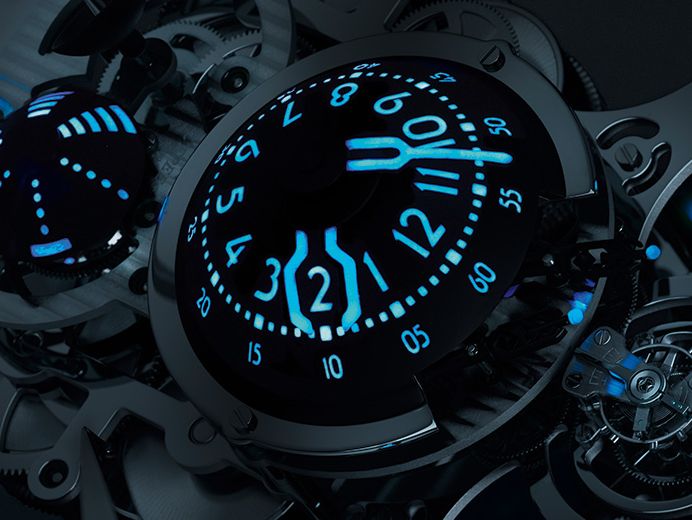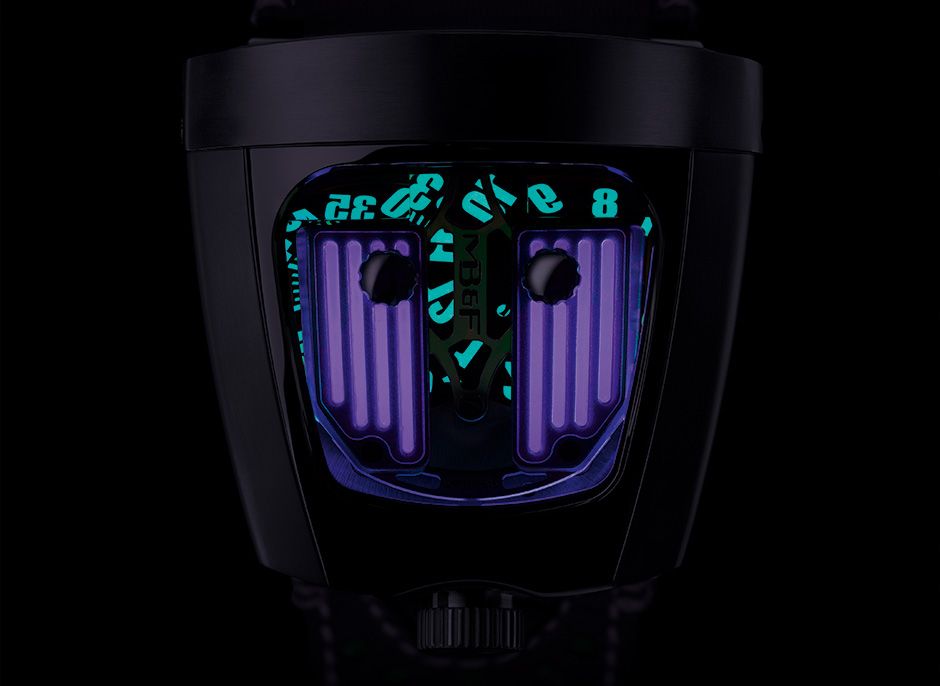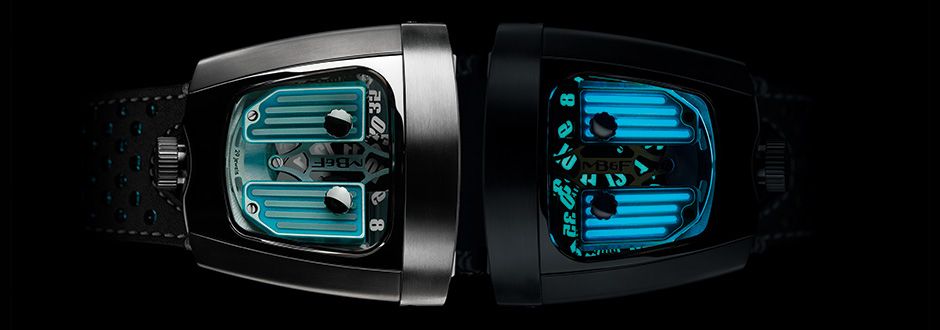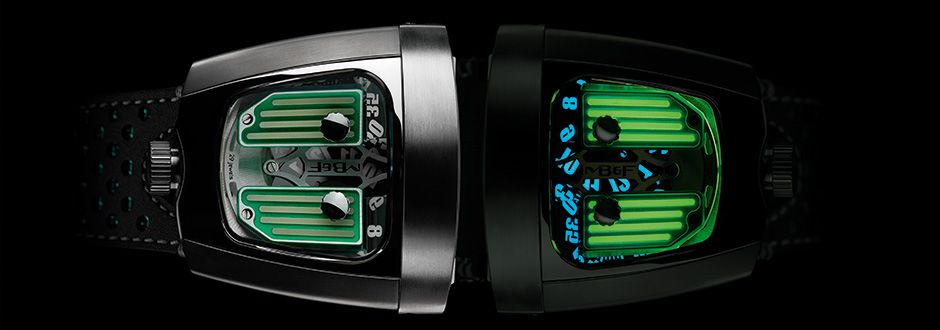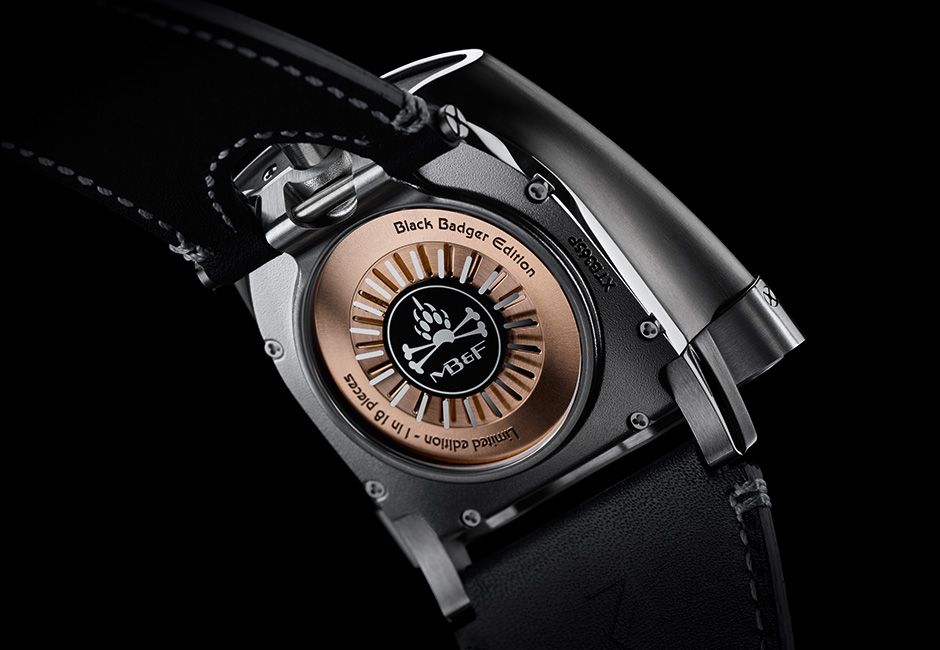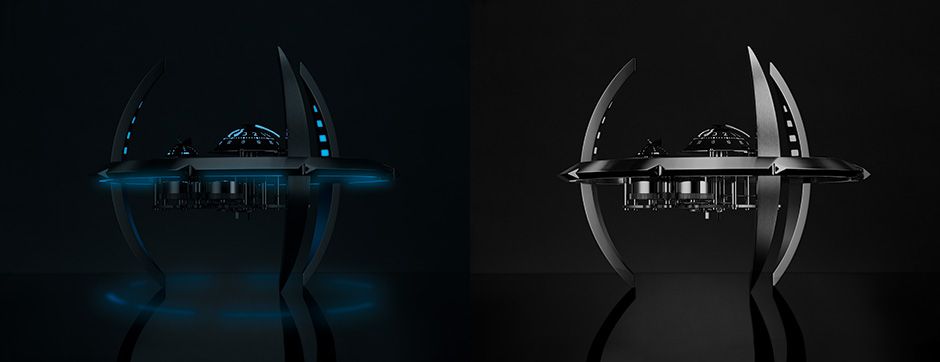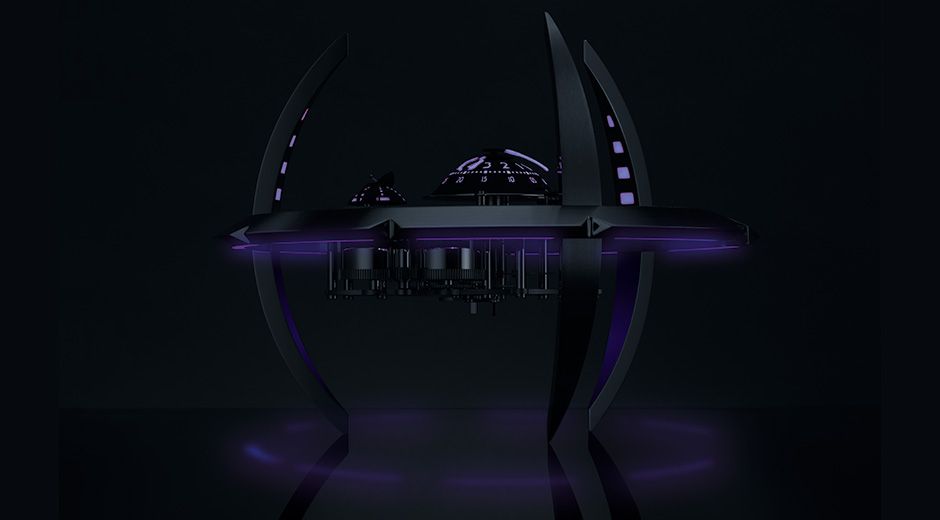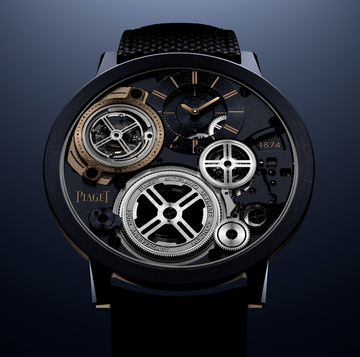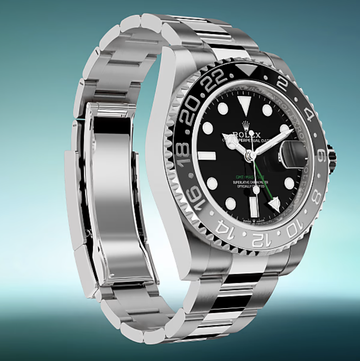Welcome to Adventures in Luminova, a three-part series of stories exploring the wild and wonderful world of luminous materials in watchmaking
In Part 2: Fruits of the Lume, we showcase some of the most exciting luminous designs and technologies around right now
In Part 3: The Light Touch, Black Badger founder James Thompson helps us get right down into the science of photoluminescence
Here at QP we have been feeling for a few months now that luminescence on watches is having a bit of a moment. For so long a fantastically useful addition to a watch dial, the ability to glow in the dark has nevertheless been restricted to a purely functional addition.
Sure, advances in technology during the 90s and 2000s brought us a greater range of colours for your luminova, and brands with strong dive watch heritage like Seiko and Rolex have put the time and effort into improving the strength and duration of the glow. And Ball Watch Company in particular has always impressed with its tritium gas tubes. But these efforts only serve one goal: making your watch legible in the dark, whether that's deep underwater or under the covers.
Luminova looks cool, no doubt about it. And a lot of "desk divers" appreciate that more than they appreciate how important it could be 100m below the surface - which is great. Watch fans love stuff that's cool for its own sake, as well as having a practical purpose. But until very recently, you rarely saw that recognised by the brands. Now, we're suddenly getting a wave of watches whose glow-in-the-dark properties are fun, stylish and quirky, from Chopard's Happy Fish to Sarpaneva's Northern Lights. We photographed a few of our favourites to show just how much fun they are - read all about that in Part 2 of this series.
And now we have something from the kings of watchmaking whimsy, MB&F, that says yes, playing with lume is definitely a thing. Working with luminous materials expert James Thompson of Black Badger (who is increasingly at the heart of any exciting project involving lume), it has released limited editions of the HMX anniversary watch and the Starfleet Machine table clock.
Let's look at HMX first. Released in 2015 to mark the brand's 10th anniversary (hence the "X"), it channels a little of the automotive vibe first seen in HM5, with two magnifying sapphire prisms presenting a perpendicular digital hours and minutes display and tapered, engine lid-style case shape, with sapphire window into the movement. Really, though, HMX drew attention for its relatively affordable pricing (around £25,000) and introduction of more primary colours to the brand's aesthetic.
Now, MB&F has given the watch over to Thompson for a luminous re-working. Under that sapphire "engine lid" you now have two plates - the "rocker cover" - milled from Thompson's AGT Ultra luminous compound. The numerals on the hours and minutes disc are also luminous. The pieces are available in three colours - Radar Green, Phantom Blue or Purple Reign. You may notice that the purple lume looks dimmer in the photographs - it's to do with the different wavelengths of light that it absorbs and emits. Fully charged by UV light, it should glow as brightly as any other; in Part 3 we get stuck into the science behind luminescence, explaining this and other questions.
Eighteen pieces of each HMX Black Badger version will be produced, with prices yet to be announced. HMX is powered by a Sellita gear train with in-house MB&F jumping hours and trailing minutes module; it's an automatic movement with a 42-hour power reserve, beating at 4Hz. The case is made from titanium and steel.
Now, to the Starfleet Machine. This, as you'll have already deduced from the picture at the very top of the page, is a match made in heaven. The clock, designed by MB&F and created by historic firm L'Épée 1839, was already a super-sharp sci-fi desk clock with the perfect appearance of a gleaming space station. But this gives it the full cinematic treatment; it's like the difference between looking at a prop from a film set and seeing the whole thing illuminated by Industrial Light & Magic.
Once again, Thompson has used the same three colours to produce Starfleet in three limited editions, also of 18 pieces each. The use of lume is more expressive than a watch could ever allow it to be, however. The numerals and indicators on the central "biosphere dome", which displays the hours and minutes, are lumed up.
The power reserve indicator, a second dome with graduated bars of energy, is also fully lumed up, as is the interior of the three "support arcs" on which the clock stands. Finally, there is a ring of luminous material around the edge of the clock to give it that floating feeling.
The Starfleet Machine stands 21cm tall and measures 29cm wide. It houses an in-house L'Épée movement with a 40 day power reserve, using five barrels, and beating at 2.5Hz.
Read on for Part 2, our photoshoot of the most interesting luminous watches on the market today
